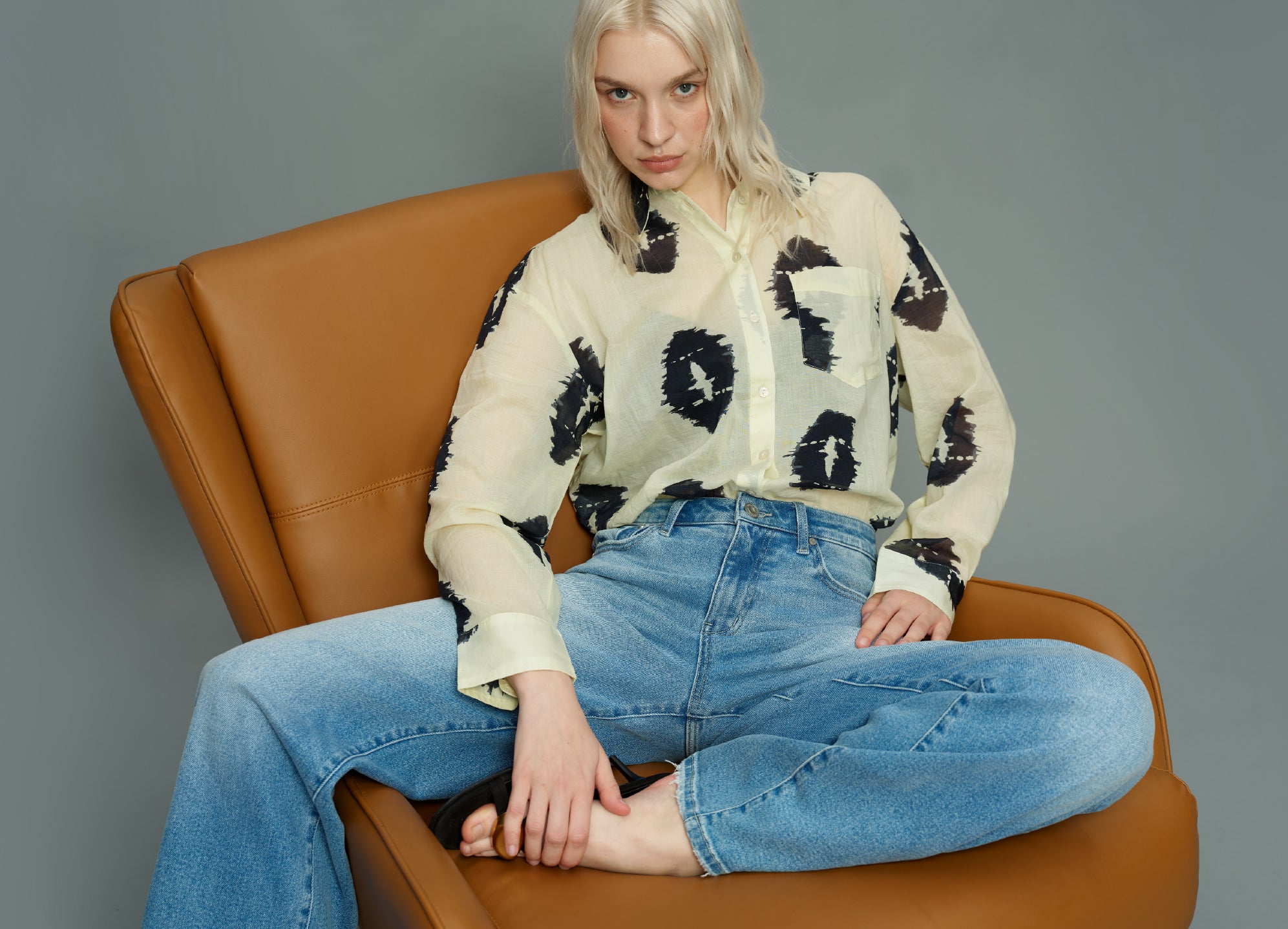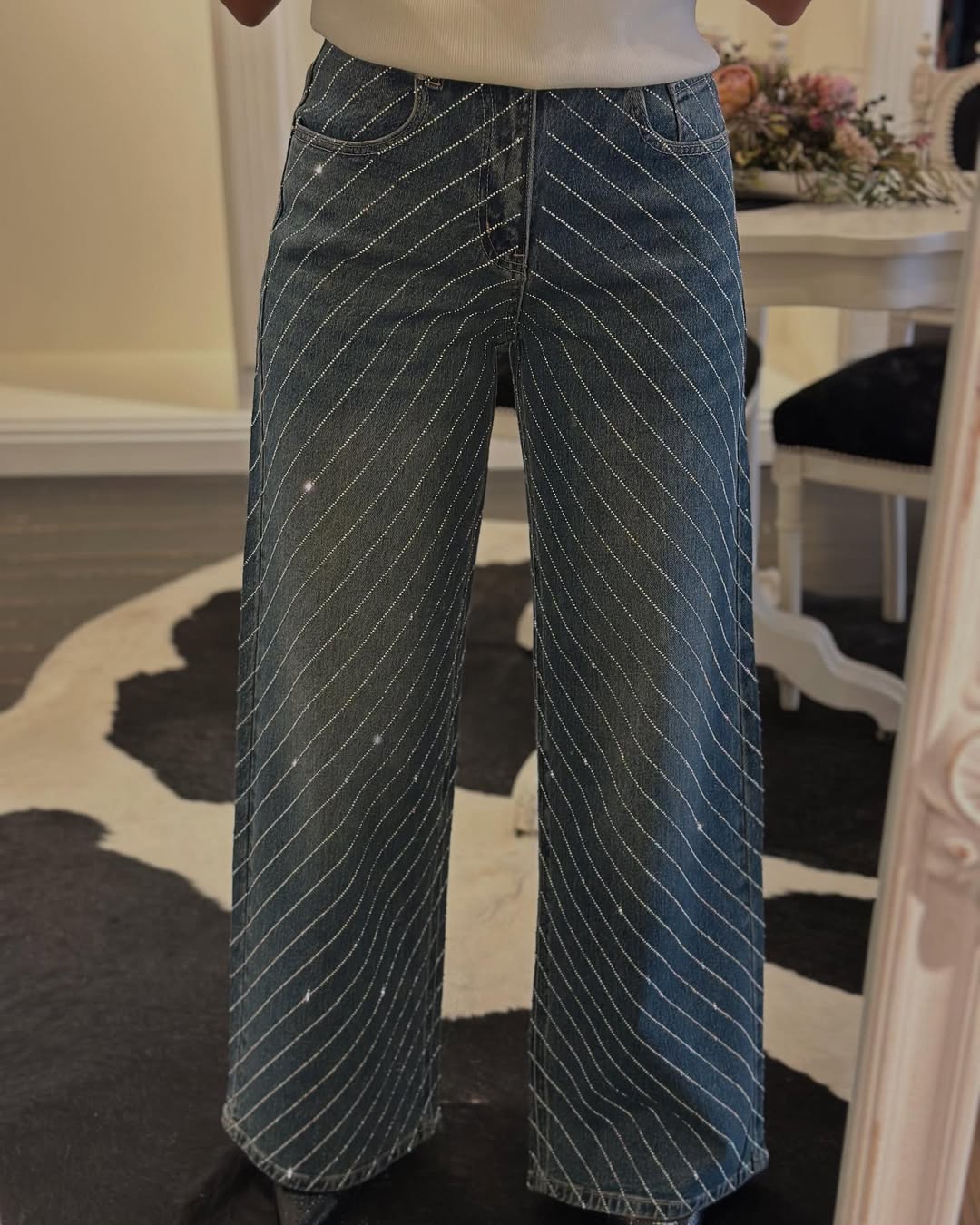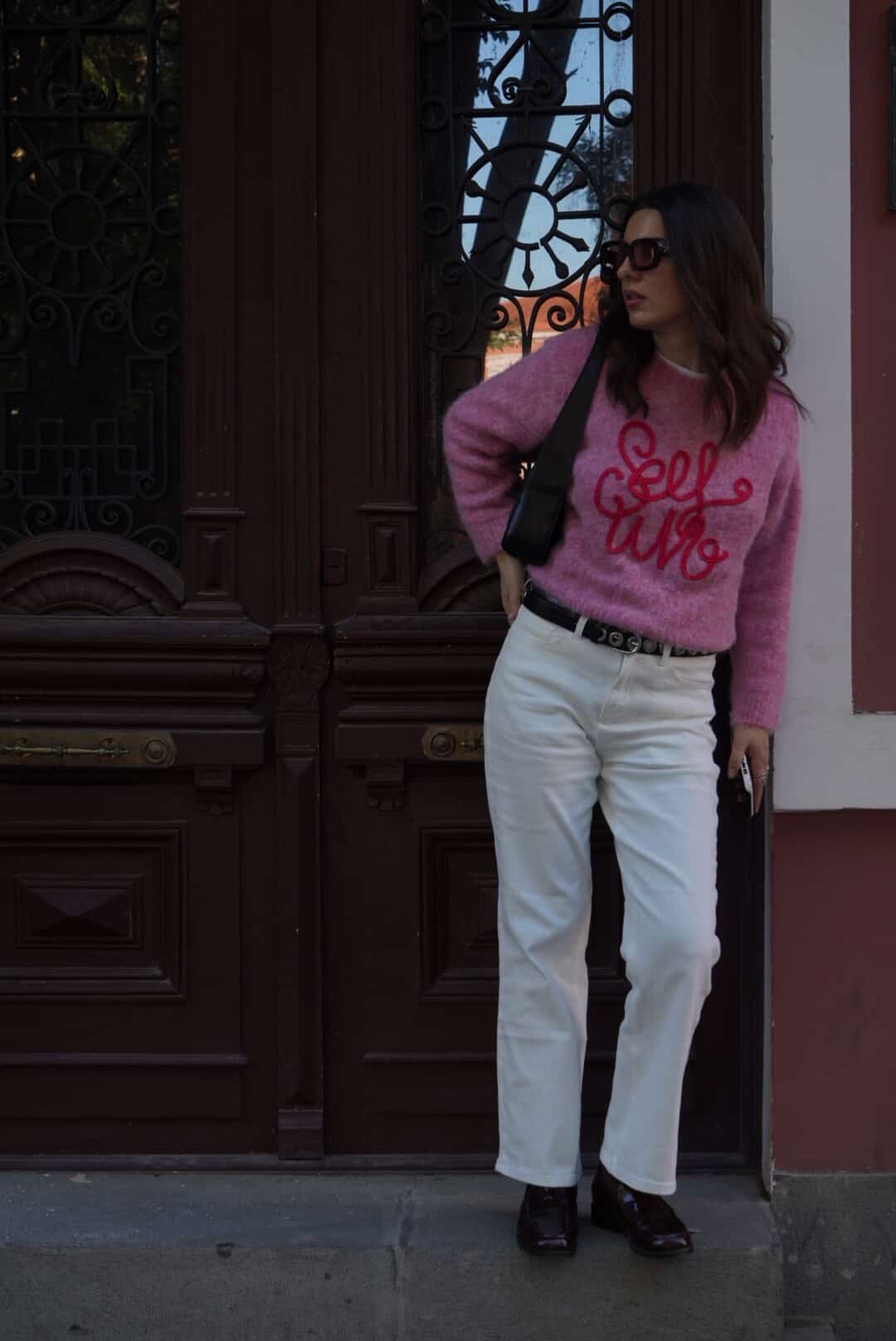The handmade craftsmanship of ONESO jeans can be conceptualized through a blend of traditional techniques and artisanal attention to detail, reflecting a commitment to quality and individuality. Here's an organized breakdown of the key elements that might define their process: 1. Fabric Selection
1. Fabric Selection
Likely uses raw selvedge denim,without pre-washing to preserve natural texture and shrinkage.
Eco-conscious versions might feature "organic cotton" or "plant-based dyes".
2. Cutting & Sewing
Single-piece cutting: Each pair is cut individually for precision, avoiding bulk production flaws.
Vintage machines + hand-finishing: Key areas (waistband, belt loops) stitched with old-school machines; hems, rivets, or stress points may be hand-reinforced for durability.
3. Artisan Detailing
Hand-distressing: Sanding, spot-bleaching, or manual abrasion creates unique whiskers/honeycombs—no two pairs look identical.
Hardware: Solid copper rivets, engraved buttons added by hand for a vintage feel.
4. Sustainability Focus
Some handmade brands prioritize "low-water techniques"or "natural dye processes" to reduce chemical waste.
ONESO’s Potential Highlights
Custom options: Tailored fits, personalized embroidery.
Craftsmanship heritag: Made by skilled artisans, emphasizing "one pair, one story."
Limited batches: Slow production cycles may mean small releases.

Tips for Buying Handmade Jeans
1. Research the brand: Check ONESO’s website/socials for info on workshops, materials, and maker stories.
2. Inspect details:
Stitching should be clean but slightly irregular (not robotic).
Hardware should feel heavy, with no rough edges; distressing should look organic.
3. Fit testing: Raw denim shrinks post-wash—size up if unsanforized.



